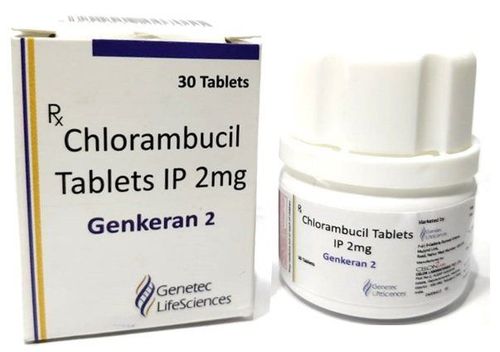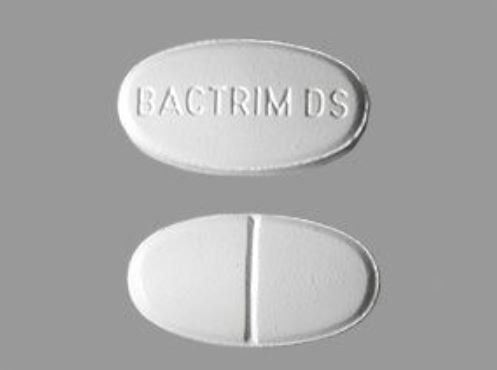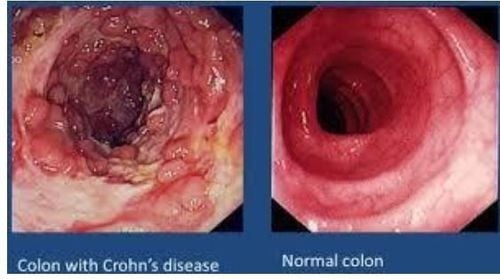This is an automatically translated article.
Pralsetinib is a prescription medicine used to treat certain cancers. So what does Pralsetinib do, is Pralsetinib good and how is it used?1. What is the effect of Pralsetinib?
Pralsetinib is a kinase inhibitor. Kinase is an enzyme that promotes cell growth. There are different types of kinases that control different stages of cell development. By blocking a specific enzyme from working, pralsetinib can slow the growth of cancer cells.
Pralsetinib is a type of targeted therapy that blocks a protein called "rearrangement in transmission" (RET). Pralsetinib blocks RET fusion, which RET fusion leads to uncontrolled cell growth and cancer. By inhibiting RET, pralsetinib can slow or stop tumor growth.
2. How to take Pralsetinib?
Pralsetinib is available in capsule form, to be taken orally, once a day, on an empty stomach. You should not eat for about 2 hours before or 1 hour after taking pralsetinib. Do not crush, chew, or break Pralsetinib tablets.
If you miss a dose of Pralsetinib and it is still there during the day, take the missed dose as soon as possible and resume your usual dosing schedule the next day. Do not take an extra dose if vomiting occurs after taking pralsetinib and resume your normal schedule the next day.
It is important to make sure that you are taking the correct amount of Pralsetinib each time. Before each dose of Pralsetinib, check that what you are taking matches what has been prescribed.
Pralsetinib blood levels can be affected by certain foods and medications, so they should be avoided including: Grapefruit, grapefruit juice, verapamil, ketoconazole, rifampicin, phenytoin, St. John's wort, and itraconazole, among others. Be sure to tell your doctor about all medications and supplements you are taking.
3. Preservation and handling of the drug Pralsetinib
Store Pralsetinib in its original, labeled packaging at room temperature and in a dry place. Pralsetinib should not be stored in the box. Keep Pralsetinib out of reach of children and pets.
If your caregiver is preparing a dose of pralsetinib for you, they should consider wearing gloves or pouring the medication directly from the container into the lid, small cup, or directly into your hand. They should avoid touching Pralsetinib tablets. Pregnant or nursing women should not prepare your dose of Pralsetinib.
4. Possible side effects of the drug Pralsetinib
The most common or important side effects of Pralsetinib include:
Hepatotoxicity: Pralsetinib can cause liver toxicity, which your doctor can monitor using liver function tests. If elevated liver function tests are detected, the doctor may need to reduce the dose or discontinue pralsetinib. Notify your doctor if you notice yellowing of your skin or eyes, dark or brown urine, or pain in your abdomen, as these could be signs of liver toxicity. Kidney problems: Pralsetinib can cause kidney problems, including increased creatinine levels, which your doctor can monitor using blood tests. Notify your doctor if you notice decreased urine output, blood in your urine, swollen ankles, or loss of appetite. Anemia: Red blood cells are responsible for carrying oxygen to the tissues in the body. When your red blood cell count is low, you may feel tired or weak. Tell your doctor if you experience shortness of breath, shortness of breath, or chest pain. If your red blood cell count is too low, you may receive a blood transfusion. Leukopenia or neutropenia: White blood cells (WBCs) are important for fighting infections. While being treated with pralsetinib, your white blood cell count may drop, putting you at higher risk of infection. You should tell your doctor or nurse right away if you have a fever (temperature higher than 38°C), sore throat or cold, trouble breathing, cough, burning when urinating, or pain that doesn't heal. Fatigue: Fatigue is very common during cancer treatment and is a feeling of exhaustion that doesn't go away with rest. During cancer treatment and for a while afterward, you may need to adjust your activity schedule to control fatigue. Constipation: There are several ways you can help prevent or relieve constipation while taking pralsetinib. Include fiber in your diet (fruits and vegetables), drink 8-10 glasses of water a day, and stay active. Stool softeners can prevent constipation. If you have not had a bowel movement for 2-3 days, you should contact your doctor for suggestions to relieve constipation. Muscle or joint pain or soreness: Your doctor may recommend medications and other measures to help relieve the pain. High blood pressure: Pralsetinib can cause an increase in blood pressure. You should have your blood pressure checked regularly during treatment with pralsetinib. Any hypertensive condition requires appropriate treatment. If your blood pressure is not controlled, you can stop pralsetinib. Report any headaches, vision changes or dizziness to your doctor for prompt treatment... In addition, patients may experience other problems such as: electrolyte abnormalities , thrombocytopenia, diarrhea, peripheral edema, lung problems, tumor lysis syndrome...
5. Effects of Pralsetinib on fertility
Exposure to pralsetinib to an unborn baby can cause birth defects, so you should not become pregnant or father a child while taking this medicine. It is essential for women to use effective non-hormonal contraception during and for at least 2 weeks after pralsetinib therapy.
You should not breast-feed while taking pralsetinib or for 1 week after your last dose.
Basically, before taking Pralsetinib, patients need to have a doctor's prescription. Besides, knowing the information helps the drug use process to limit side effects and increase effectiveness.
Please dial HOTLINE for more information or register for an appointment HERE. Download MyVinmec app to make appointments faster and to manage your bookings easily.













